Built on a rock island near Alibag town, 112 kms south of Mumbai, the Kulaba for is an imposing structure, measuring roughly 275 metres from north to south and 100 metres from east to west. At low tide one can walk across to the fort. The height of the fort-wall varies from 6 to 8 metres at different places. It has a wide parapet with 17 bastions. The main gateway of the fort, called Maha Darwaja, is in the north-east corner and faces the city. The teak-door had strong iron-spikes driven in them. There is also a small gate on its southern side. The masonry of the fort is without lime mortar. Inside the fort there is a fresh water tank, a well and several temples, the Ganapati temple being still in good condition. In the northern corner of the parapet, there still stand two English canons facing the open sea. To the sough of the fort was ship-dock, visible even now at low-tide.
The Kulaba fort was Shivaji’s last construction and was completed almost on the eve of his death in April, 1680. it attained importance under the Angres and was the main base of the Maratha navy. It had palaces for the members of the Angre family, houses for their officers and storing arrangements for grain and other necessities. None of the buildings have survived. The rule of the Angres, who were also known as Kulabkar, came to an end in 1840 AD.
To the north of the main for there is a small fort-like structure called sarjyakot, sometimes referred to as the 18th bastion of Kulaba. Sarjyakot was constructed to answer the artillery of hirakot situated on the Alibag shore.

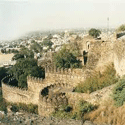 Jhansi Fort
Jhansi Fort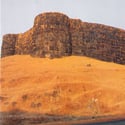 Suvarnadurg Fort
Suvarnadurg Fort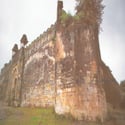 Pauni and Nagardhan Fort
Pauni and Nagardhan Fort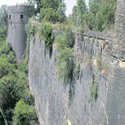 Ahmadnagar Fort
Ahmadnagar Fort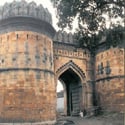 Narnala, Akola and Achalpur Forts
Narnala, Akola and Achalpur Forts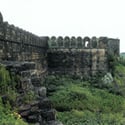 Ballalpur, Chandrapur and Manikgarh Forts
Ballalpur, Chandrapur and Manikgarh Forts